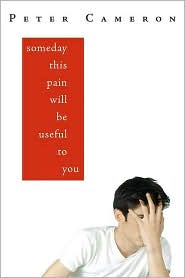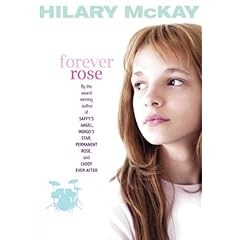




Not that Lyga isn't very explicit in his depiction of the relationship. He is. But we immediately see that, rather than being the stuff of fantasy, this relationship has left the book's main character, Josh, in ruins from the inside out. Five years later, he still makes students and teachers hostile and uncomfortable. He refers to himself as a "freak", "the kid who fucked a teacher in seventh grade...the kid who beats the shit out of anyone who looks at him cross-eyed." An opening scene shows him being suspended when he viciously punches his gym teacher, who has quietly hissed at him "Pick it up, Mendel! You never slept with me, so I ain't about to take it easy on you!".
We find out that Josh was almost jailed at age 13 for attempting to sexually assault a close female friend who wanted to kiss him. Her terrified reaction, and Josh's shock and bewilderment at having caused it, are what finally end up bringing Josh's situation to light. The scenes at the police station are jarring:
"Purdy kept firing questions at me, looking for details, when suddenly, out of the blue, he said, "What kind of birth control did you two use, Josh? Was she on the pill? Did she make you wear a condom? Do you know what a condom is?
And I knew, but I wasn't going to say because suddenly it wasn't that I didn't want to speak, it was that I couldn't speak. My stomach and my heart had twisted up and risen to my throat and I thought I was about to puke them both up...because I'd never even thought about birth control and Eve had never brought it up and I was just twelve when it all happened so how was I supposed to think of these things and oh my God what if I was going to be a father--"
At age 18, Josh has only one friend, his relationship to his parents is still strained, and he is unable to form emotional or even sexual ties with other women. He has constant flashbacks and carries the guilt of believing that he seduced his teacher and not the other way around, a teacher who is now in jail for what happened between them. And when Eve, his teacher, is let out of jail early for good behavior, Josh really falls apart. Now he could bump into her at any time.
There are so many piercing moments here. Lyga excels at bringing to life all the complexity of Eve's manipulation of Josh, his growing feelings of fear, shame and excitement that she so skillfully plays off, his immaturity and vulnerability to her experience. At its heart, however, it is about Josh slowly and painfully beginning to move on, one small step at a time. A strong, thought-provoking book.
 I really, really love Hilary McKay's Casson family books. When I saw the newly released Forever Rose (last of the Casson books, according to McKay, who wants to quit while she's ahead) I grabbed it and gobbled it down in two days. And then I went back and reread all the others, starting with Saffy's Angel. They were all just as good the second time around.
I really, really love Hilary McKay's Casson family books. When I saw the newly released Forever Rose (last of the Casson books, according to McKay, who wants to quit while she's ahead) I grabbed it and gobbled it down in two days. And then I went back and reread all the others, starting with Saffy's Angel. They were all just as good the second time around.